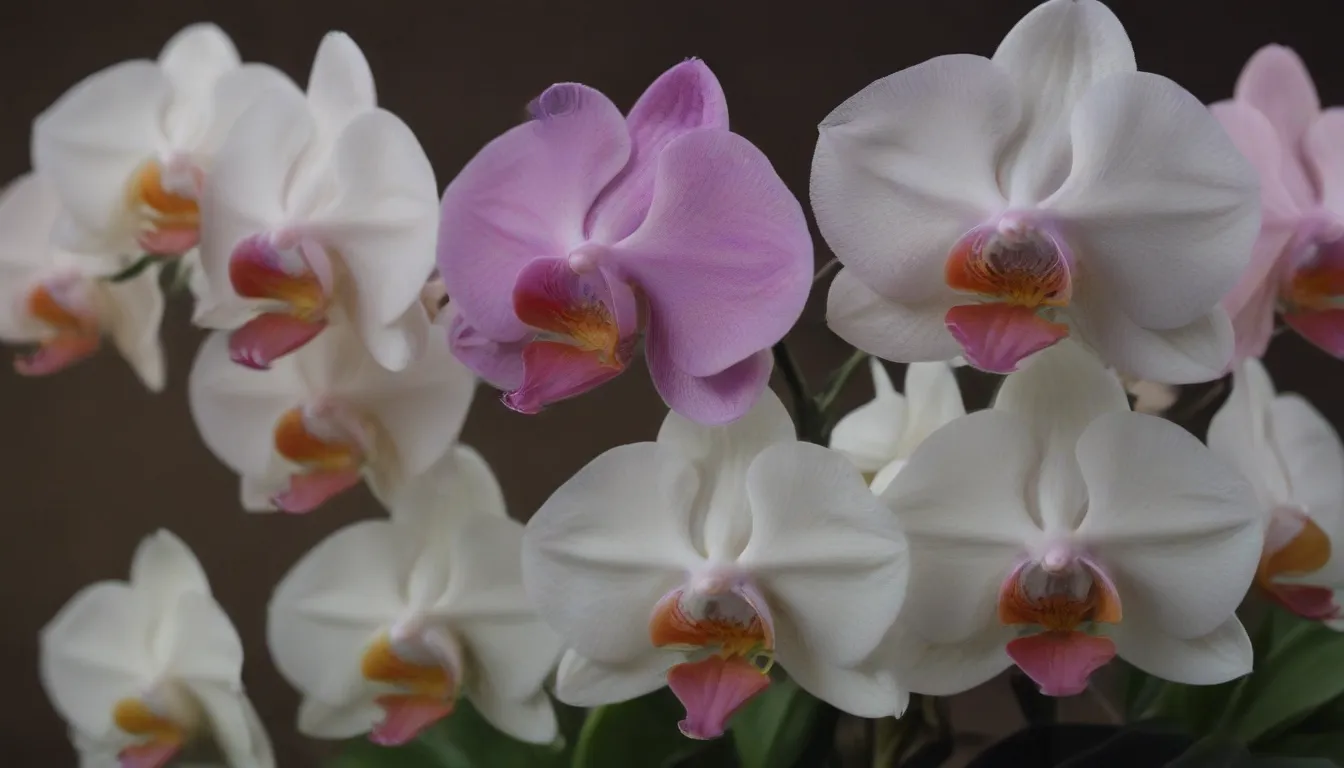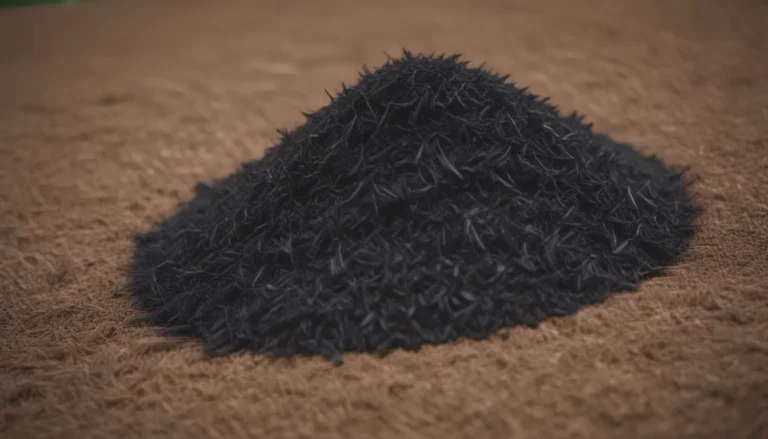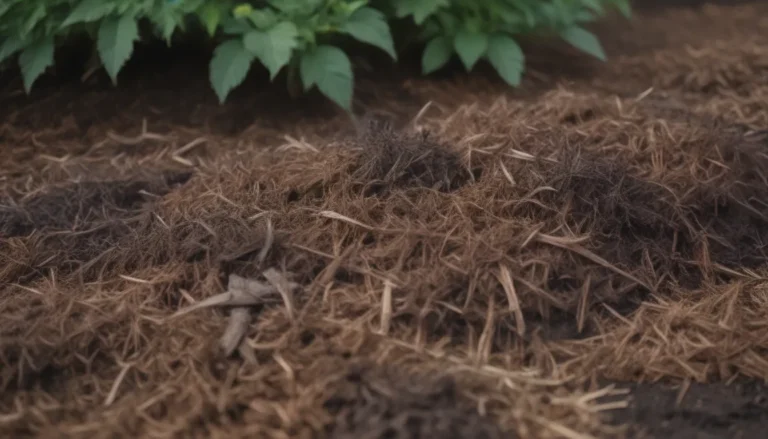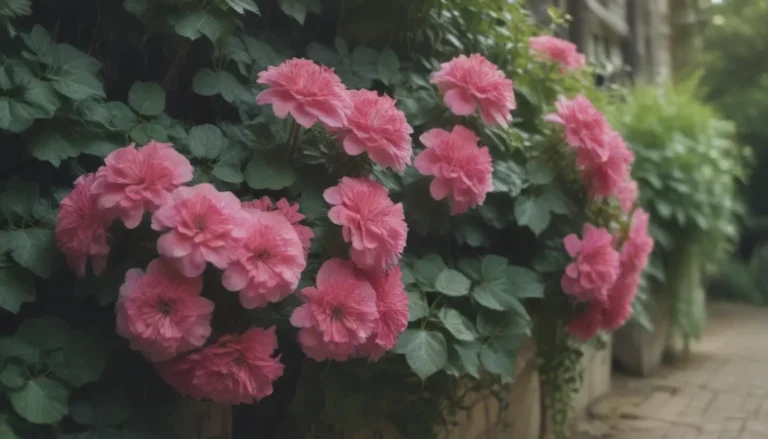Your Comprehensive Guide to Growing and Caring for Phalaenopsis Orchids

Are you looking to add a touch of elegance and beauty to your home with Phalaenopsis orchids? These stunning plants, also known as moth orchids, are a popular choice among plant enthusiasts due to their ease of care and striking blooms. In this detailed guide, we will walk you through everything you need to know about growing and caring for Phalaenopsis orchids indoors. From light and soil requirements to watering tips and common pests, we’ve got you covered.
Understanding Phalaenopsis Orchid Care
Let’s start by breaking down the key components of caring for your Phalaenopsis orchid:
Light
- Like most orchids, Phalaenopsis thrives in bright, indirect light.
- Place your orchid near a south- or east-facing window to ensure it gets enough light.
- If natural light is lacking, consider using a fluorescent grow light placed about 12 inches away from the plant.
Soil
- Phalaenopsis orchids are epiphytes in nature, meaning they grow on trees.
- Mimic their natural habitat by planting them in a well-draining medium such as fir, redwood, or Monterey pine bark chips.
- Avoid using standard potting soil, as it can suffocate the orchid’s root system.
Water
- Phalaenopsis orchids have a lower tolerance for drought.
- Water your orchid weekly during the growing season or whenever the roots turn silvery white.
- Allow room temperature water to run over the plant for about 10 minutes, ensuring it is fully absorbed.
- Make sure to avoid water pooling around the stem, as this can lead to root rot.
Temperature and Humidity
- Phalaenopsis orchids prefer temperatures between 75 and 85 degrees Fahrenheit.
- They can adapt to normal house temperatures of 65 to 70 degrees Fahrenheit.
- To induce blooming, provide cooler nights with temperatures around 55 F.
Fertilizer
- During the growing season, fertilize your orchid with a diluted orchid fertilizer every third or fourth week.
- Skip feedings during the flowering season to prevent excessive foliage growth.
Popular Types of Phalaenopsis Orchids
Phalaenopsis orchids come in various species and hybrids, each with its own unique characteristics and beauty. Some popular favorites include:
- Phalaenopsis ‘Liodoro’
- Phalaenopsis schilleriana
- Phalaenopsis stuartiana
- Phalaenopsis appendiculata
- Phalaenopsis amabilis
Pruning and Propagation Tips
- Prune mature orchids once a year during their dormancy period to encourage new growth and blooms.
- Propagate your orchid by replanting keikis, which are natural babies produced by the parent plant.
- When repotting Phalaenopsis orchids, use a larger pot with well-draining medium and mist daily until new roots form.
Dealing with Common Pests and Plant Diseases
While Phalaenopsis orchids are relatively resilient, they can still fall victim to common pests such as aphids, mealybugs, and spider mites. Keep an eye out for signs of infestation and treat promptly with water, insecticidal soap, or neem oil. Additionally, watch out for fungal diseases like phytophthora and botrytis, which can be prevented by maintaining proper growing conditions.
Encouraging Bloom and Reblooming
- Phalaenopsis orchids typically bloom once a year in the wild but can bloom every six months indoors with the right care.
- After the last bloom drops, trim the stem and continue caring for your orchid to promote new growth.
- Relocate your orchid to a cooler area with indirect sunlight to encourage new blooms.
Overcoming Common Problems with Phalaenopsis Orchids
- Wrinkled leaves indicate under-watering and low humidity. Increase humidity with a pebble tray and avoid overwatering.
- Yellow leaves are a sign of overwatering and root rot. Allow the growing medium to dry out between waterings and repot if necessary.
- Buds dropping prematurely can be caused by sudden changes in environmental conditions. Maintain consistent care to prevent bud blast.
By following these tips and guidelines, you can enjoy the beauty of Phalaenopsis orchids for years to come. Remember, a little love and attention go a long way in ensuring the health and vitality of your prized orchids.
Whether you’re a seasoned orchid enthusiast or a beginner looking to add a touch of botanical elegance to your home, Phalaenopsis orchids are a wonderful choice. With proper care and attention to detail, you can cultivate a thriving orchid collection that will bring joy and beauty to your living space. Happy growing!





